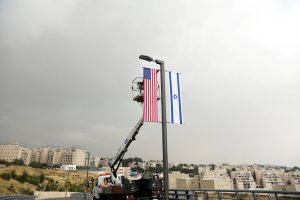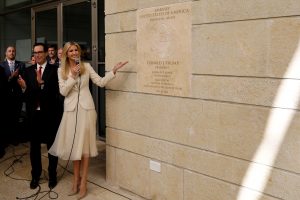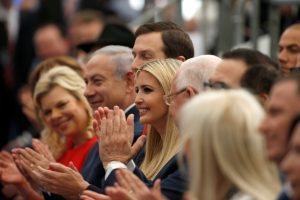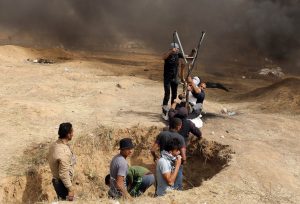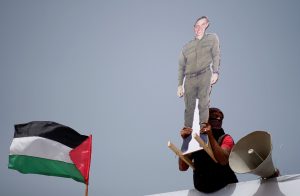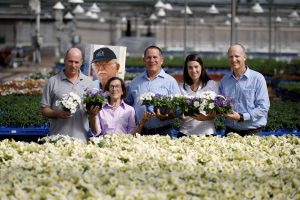
By Amir Cohen and Nidal al-Mughrabi
GAZA-ISRAEL BORDER (Reuters) – Palestinian militants on Tuesday launched their heaviest barrages against Israel since the 2014 Gaza war and Israeli aircraft struck back in a surge of fighting after weeks of border violence.
There were no immediate reports of casualties from either side after the Israeli military said more than 25 mortar bombs and rockets were fired from the Gaza Strip in several salvoes in the morning and afternoon.
Israeli planes attacked at least seven facilities belonging to armed group Islamic Jihad and the territory’s dominant Hamas movement after Prime Minister Benjamin Netanyahu promised a “powerful” response.
The Israeli military said several of the projectiles fired from Gaza were shot down by its Iron Dome rocket interceptor and others landed in empty lots and farmland. One exploded in the yard of a kindergarten, damaging its walls and scattering the playground with debris and shrapnel, about an hour before it was scheduled to open for the day.
There was no claim of responsibility from any of the militant groups in Gaza, but the attack comes after Islamic Jihad vowed to take revenge after three of its members were killed by Israeli tank shelling.
Violence has soared along the Gaza frontier in recent weeks during which 116 Palestinians were killed by Israeli fire at mass demonstrations for a right of return to ancestral lands now in Israel.
A Hamas spokesman defended Tuesday’s attacks as a “natural response to Israeli crimes”. In similarly phrased remarks, an Islamic Jihad spokesman said “the blood of our people is not cheap”.
Gaza residents said at least seven training or security facilities belonging to Islamic Jihad and Hamas were hit in the Israeli air strikes.
Plumes of smoke and dust rose from the target sites. The powerful explosions shook buildings nearby, causing panic among rush hour crowds on streets and in markets. The Gazan Ministry of Education said shrapnel from one missile flew into a school.
The Israeli military said it was “carrying out activities in the Gaza Strip”, without elaborating.
Nickolay Mladenov, the U.N.’s special coordinator for the Middle East peace process, said he was deeply concerned by “the indiscriminate firing of rockets by Palestinian militants from Gaza towards communities in southern Israel”.
Calling for restraint by all parties, he said at least one of the mortar bombs “hit in the immediate vicinity of a kindergarten and could have killed or injured children”.
Amid international condemnation for its use of lethal force at the mass demonstrations, Israel said many of the dead were militants and that the army was repelling attacks on the border fence. Palestinians and their supporters say most of the protesters were unarmed civilians and Israel was using excessive force against them.
BLOCKADE CHALLENGE
Organizers of the Palestinian border protests launched a boat from Gaza on Tuesday in a challenge to Israel’s maritime blockade of the enclave.
“I want to make a future for myself, I want to live,” said Ehab Abu Armana, 28, before he and 14 other protesters boarded the boat. The Israeli navy was widely expected to stop the vessel, which the organizers said would be accompanied for a short distance by several other boats.
More than two million Palestinians are packed into the narrow coastal enclave. Israel withdrew its troops and settlers from Gaza in 2005 but, citing security concerns, maintains tight control of its land and sea borders, which has reduced its economy to a state of collapse.
Egypt also restricts movement in and out of Gaza on its border.
Peace talks between Israel and the Palestinians have been stalled since 2014 and Israeli settlements built on occupied territory which Palestinians seek for a state have expanded.
(Additional reporting by Ari Rabinovitch; Writing by Maayan Lubell and Jeffrey Heller; Editing by Raissa Kasolowsky)




